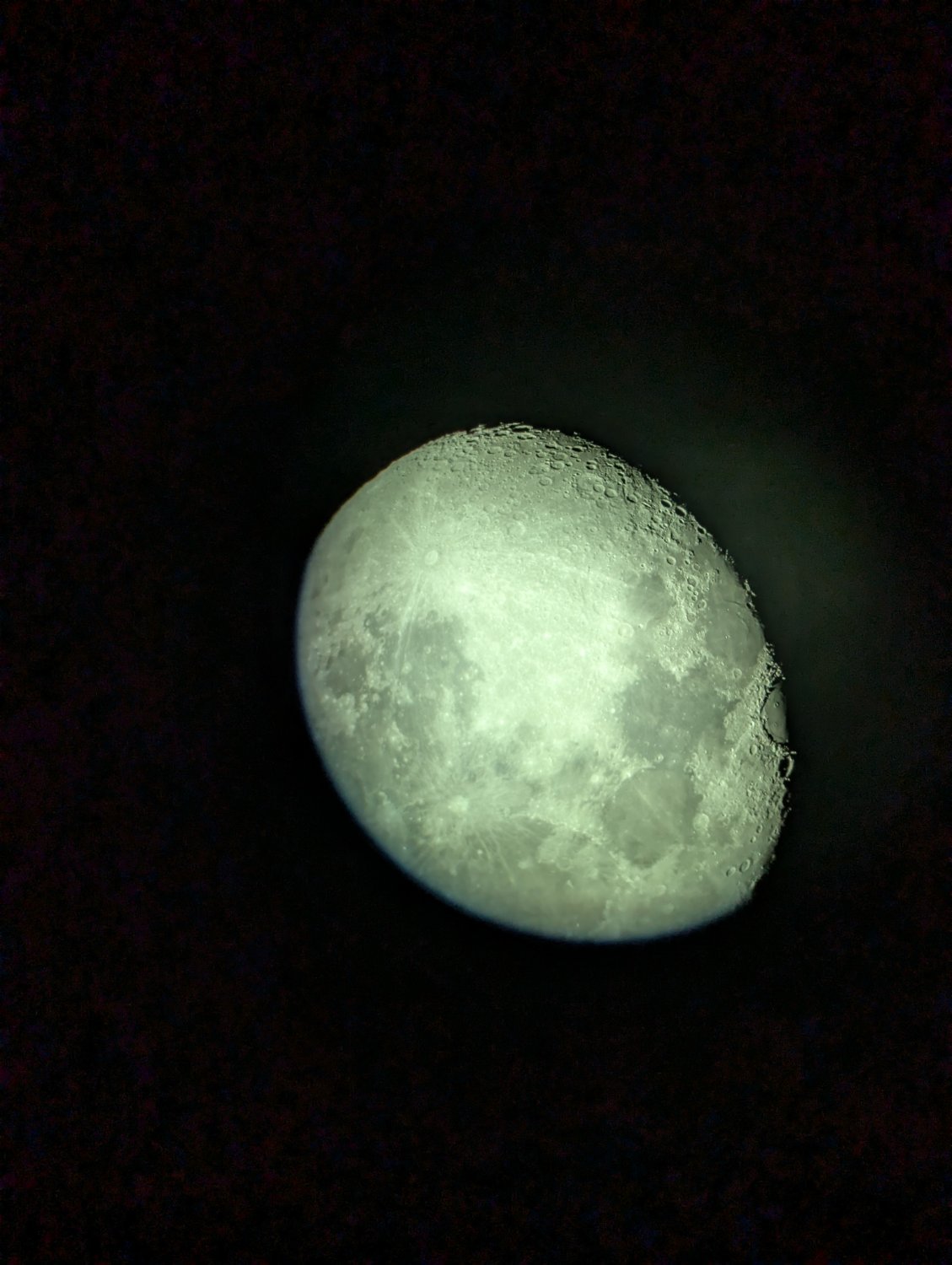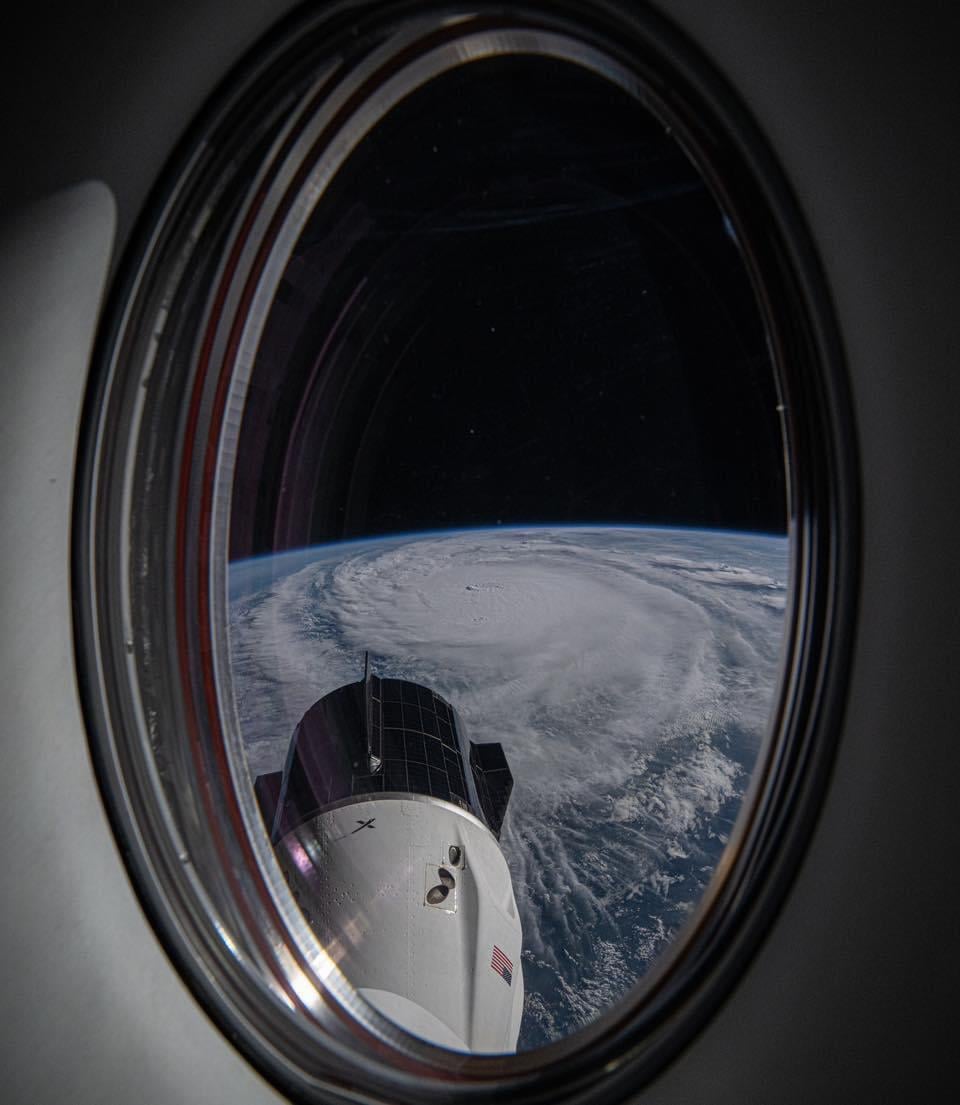1
2
3
4
5
6
8
43
Telescope with world’s largest digital camera will be a ‘game-changer’ for astronomy
(edition.cnn.com)
9
10
11
12
13
14
15
18
19
50
Tiny Black Holes Could Lurk Inside Asteroids, Moons, or Even Planets Like Ours
(www.sciencealert.com)
20
21
22
23
24
25
view more: next ›

